If you have been shopping for honey lately, you might wonder about the differences between Dark vs Light Honey. We are here to help! Honey has many uses and health benefits from being a culinary sweetener to a medicinal superfood.
The use of honey for health purposes has increased in recent years. Raw honey has many nutritional benefits as well as antibacterial properties.
So, before you head to the grocery store, read this guide to learn about the different colors of honey and their many benefits!
Jump to:
Honey Colors
Honey bees pollinate different plant blossoms and bring the flower nectar back to the hive to create honey. The color of honey ranges from water white (rare) to extra light amber to dark amber.
These different types of honey vary primarily due to different floral sources, locations, and the time of year.
Different plant species blossom at different times of the year so a single hive will likely produce different shades of honey.
Many hives pollinate various plants throughout the year which causes the flavor and color of honey to fluctuate. This type of honey would be considered multi-floral honey.
Monofloral honey is usually produced when bees are isolated in a certain area with access to only one type of flowering plant to pollinate.
Manuka honey, from New Zealand, is popular for this method, as the unique type of nectar has specifically potent beneficial properties.
Even this honey color ranges slightly depending on the time of year and other environmental factors.
Careful producers do everything that can to study the habits of the bees and choose locations and situations to minimize major changes if at all possible.
It is also important to note that the storage method and exposure to heat can have an effect on the color of honey. When exposed to high temperatures, honey tends to darken.

Honey Color and Taste
As a general rule, dark honey tends to have a rich flavor and robust taste while lighter honey has a more mild taste.
Along with its more robust flavor, dark-colored honey also tends to have a more sweet taste.
This taste and color correlation is very similar to that of different maple syrup varieties. The dark color has a higher flavonoid content which greatly affects the richness of taste as well as the health benefits!
This of course is not always the case, different flowering plants may be an exception to the rule of the darker color being stronger and the lighter color of the honey being milder flavor.
For instance, the natural pollen from the linden tree is pale in color but rich in taste.
Similarly, Manuka honey, which comes from the manuka bush exclusive to New Zealand, also is a light-colored honey with a uniquely strong taste.
Surely this is due to the potent natural compounds that give each of these unique types of honey their incredibly potent beneficial properties.
This denotes an undeniably positive correlation between not only the color of honey but the flavor of honey as well!
Lighter-Colored Honey
For the most part, lighter-colored honey has a milder taste than its counterparts. Its subtle sweetness makes it perfect for sweetening homemade nut milk, chai tea, toast, and yogurt.
Although it is thought to contain fewer antioxidants and other nutrients than the darker varieties of honey, if you get the right kind of honey you will still be able to reap some benefits. Raw unfiltered honey is always best to preserve the nutrients in it.
Lighter color comes from certain floral varieties as well as from honey that has crystallized. The crystals in the honey give it a lighter color from the light refraction of the honey crystals.
Some floral varieties of light-colored honey are White Clover honey, Sage honey, Orange Blossom honey, Sweet Clover honey, Wildflower Honey, Tupelo honey, Acacia honey, and Star Thistle honey.
Darker-Colored Honey
Darker honey tends to have a richer and more robust flavor and sweetness. The flavor of many dark honey varieties is similar to a malt or molasses flavor.
A little goes a long way! Many consider dark brown honey to be an acquired taste.
When you taste the pungent yet rich sweetness, you know it is likely packed with beneficial properties.
These properties cause the honey to have a deeper pigment and richer flavor. Raw honey, especially the darker varieties, has a high enzyme, antioxidant, vitamin, and mineral content.
Dark honey's rich flavor makes it perfect for use in homemade barbecue sauces, salad dressings, oats, and some baked goods.
Some varieties of darker-colored honey are Honeydew honey, Buckwheat honey, Chestnut honey, Meadow honey, and some Wildflower honey. (Wildflower honey is a wild blend of the nectar of different plants or the nectar source is likely unknown).
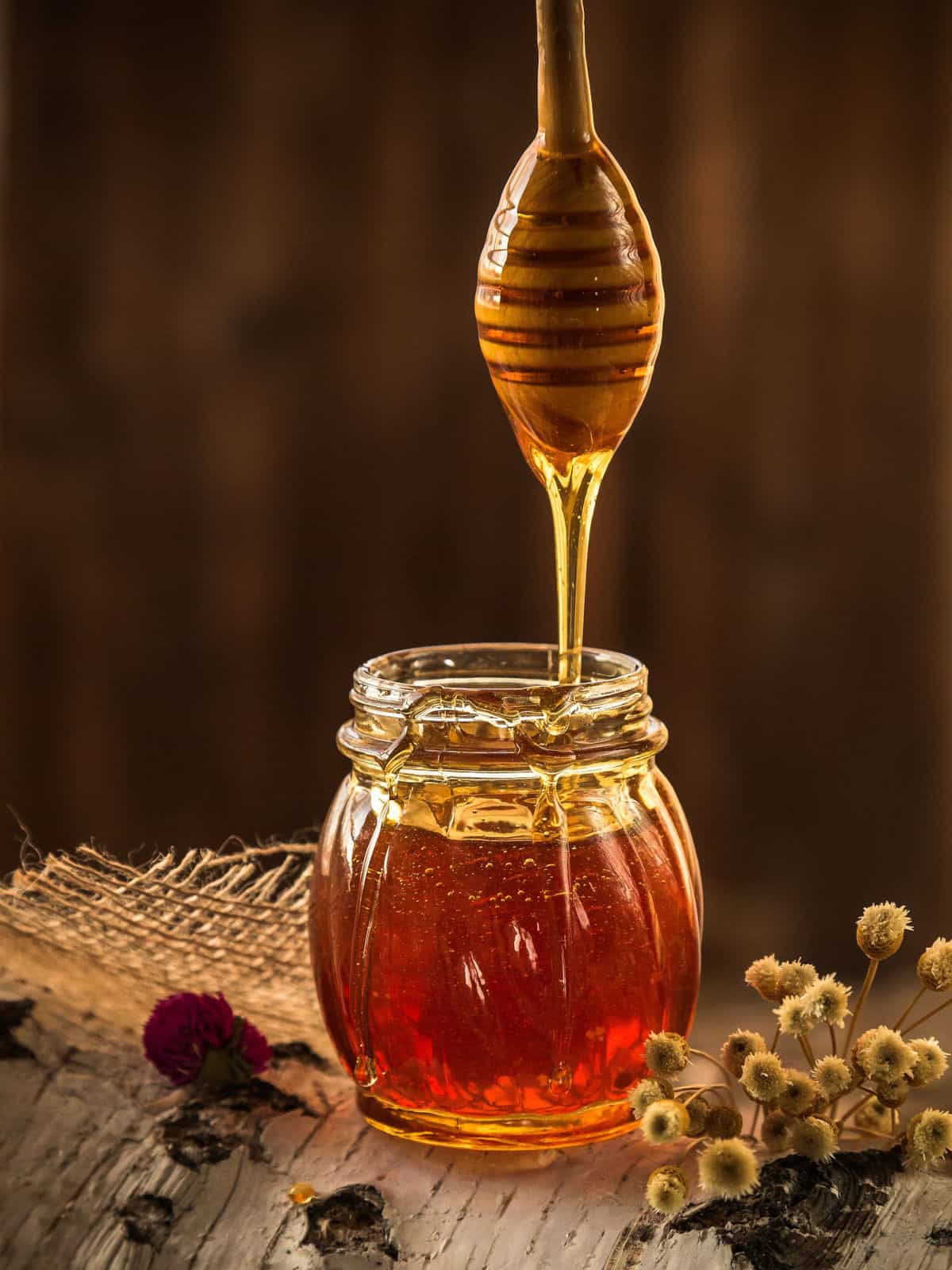
The Pfund Scale
There are over 300 varieties of honey produced in the United States alone. The honey industry and the US Department of Agriculture use a continuous scale of measurement to determine the color and grade of honey.
This scale is called the Pfund Scale. This system categorizes honey into seven colors, Water white, Extra White, White, Extra Light Amber, Light Amber, Amber, and Dark Amber.
This process uses a light refraction method. The Pfund scale is not used by the USDA for grading honey, however.
Grades of Honey
Grade A honey is hyper-filtered and heated in order to appear ultra-clear. This process is done for pasteurization purposes. As mentioned above, when subjecting honey to high temperatures, it changes its color (darken).
This change in color is not synonymous with higher quality or nutrient content as it is with some varieties of unaltered honey.
Heat degrades and destroys nutrients and nearly all of the healing properties that honey is famous for becomes nullified. If you are looking for honey for health purposes, it is best to avoid Grade A honey.
*The majority of commercial honey in the market today is Grade A honey and the process also makes it cheaper and easier to mass produce. A quality honey product will be higher in cost but worth every penny. When
Raw and unfiltered honey is the better choice and contains the most beneficial nutrients!
Grade B and C honey fall lower on the scale of USDA standards of grading for honey but is often due to the pure nature of the natural honey retaining its true quality- the nutrients and antioxidants!
Health Benefits
Dark and light honey have many of the same benefits. Some believe that color and taste are directly related to nutrient potency. This is a general rule of thumb but has a few exceptions with certain varieties like manuka, linden, and tulip poplar, for instance.
Honey is famous for its antioxidant, anti-inflammatory, antiviral, and antibacterial properties due to multiple enzymes, and naturally occurring chemical compounds.
Some of its properties include fighting free radicals, preventing metabolic syndrome, protecting against Alzheimer's, preventing heart disease, and preventing seasonal allergies (when using local honey).
Raw honey is also used as a natural immune booster, cough suppressant, sore throat reliever, burn reliever, and skin soother for conditions like eczema and psoriasis.
The health benefits of honey are purely incredible!
Where to Find the Best Honey
Your local farmers' market is likely to have the best options to maintain the most benefits for local seasonal allergy control. This theory states that the honey is collected from local bees that pollinate the very flowering plants causing allergic reactions in some. But more studies are needed to determine efficacy.
Consuming honey from these flowering plants may help to build immunity to it as the honey-making process brings out protective qualities. I have had many clients and colleagues report that this has worked for them. It may work for some, but not necessarily all. At any rate, Isn't honey amazing?
The next best option is independent companies with a reputation for taking great care of their bees and honey. Keeping it raw and unfiltered means maintaining the integrity of the perfectly crafted honey from honey bees. Raw means unpasteurized and never heated above 114 degrees Fahrenheit. Check out this post on the differences between raw and organic honey.
 Sandt's Buckwheat Honey, Un...Shop on Amazon
Sandt's Buckwheat Honey, Un...Shop on Amazon
 Unfiltered Raw Wildflower H...Shop on Amazon
Unfiltered Raw Wildflower H...Shop on Amazon
 McCoy's Honey - 100% Pure, ...Shop on Amazon
McCoy's Honey - 100% Pure, ...Shop on Amazon
 Star Thistle Honey 12 lb. J...Shop on Amazon
Star Thistle Honey 12 lb. J...Shop on Amazon
 TJO Bees Raw and Unfiltered...Shop on Amazon
TJO Bees Raw and Unfiltered...Shop on Amazon
Choosing the Right Honey For You
As mentioned above, the most important factor in choosing honey is making sure it is raw and unfiltered honey. This very important factor ensures that the vital nutrients have not been compromised.
When choosing between Dark vs Light honey it often comes down to personal preference of taste and desired nutritional value.
If you are looking for the most potent antibacterial honey that is best for wound healing and preventing and reversing infection, New Zealand Manuka Honey is the best bet. Check out our guide on understanding the labels and grading system unique to Manuka honey here.
What honey do you prefer? Let us know in the comments below!
Be well,
Natalie


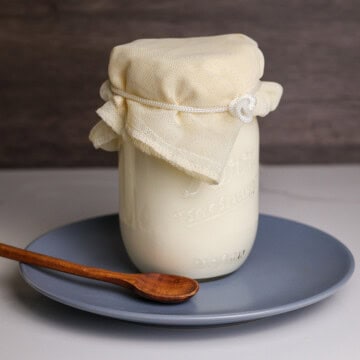
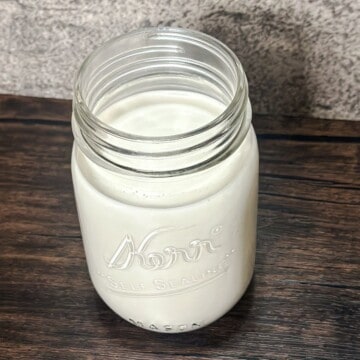
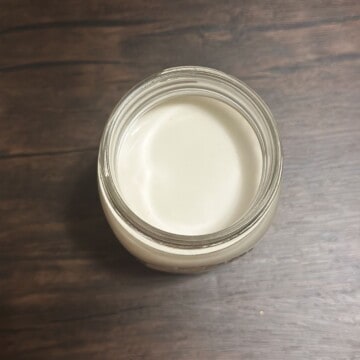
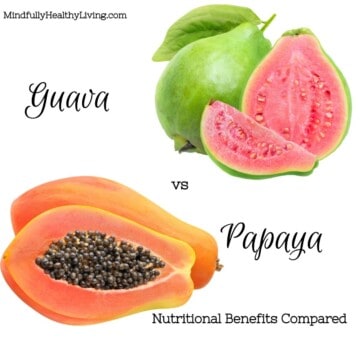
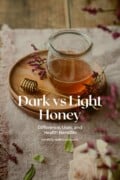
Comments
No Comments